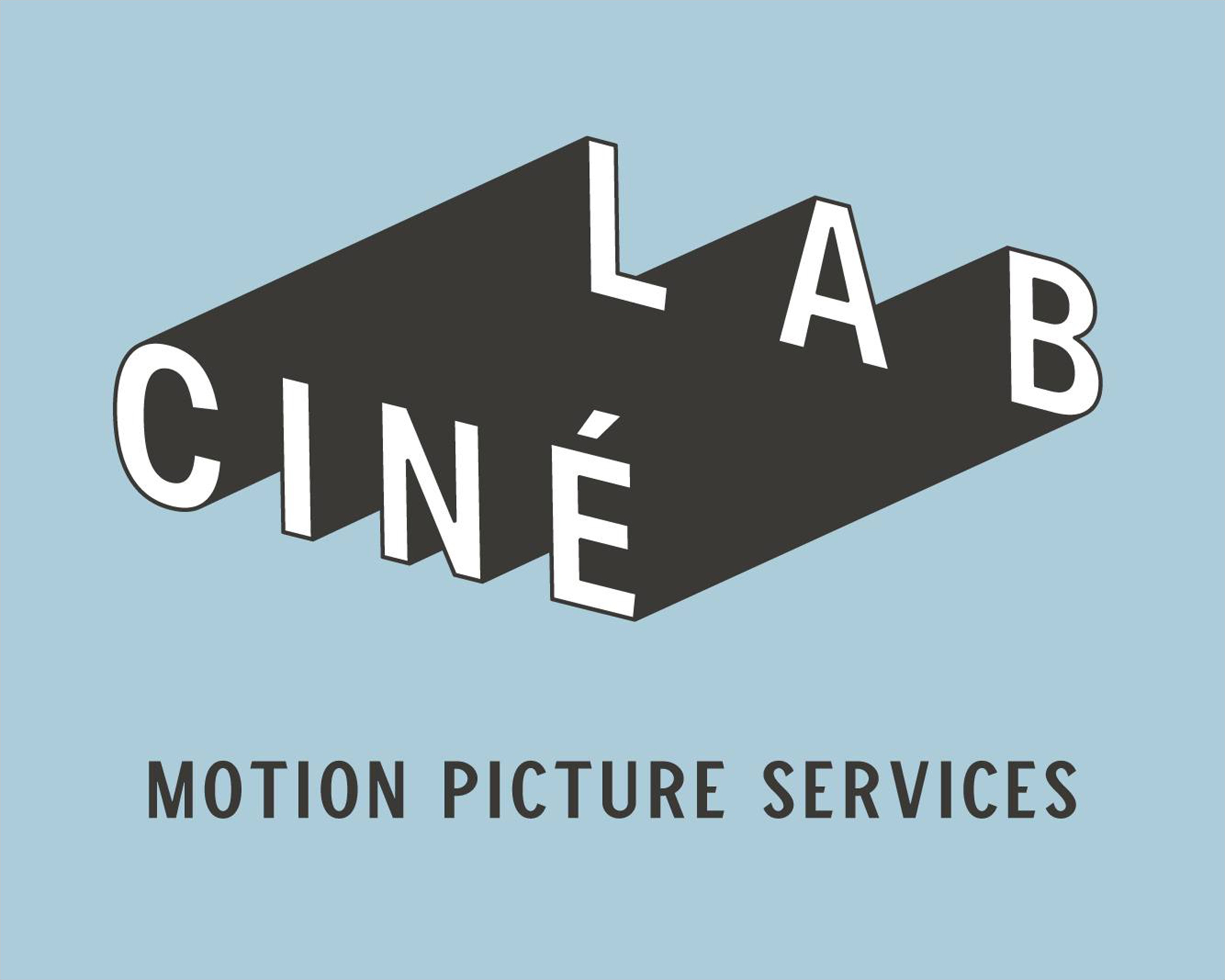Standard NTSC interlaced cameras shoot 60 fields per second (59.94 actually) and since there are two fields per frame of video, that's 30 fps. But it is actually capturing 60 images per second -- it's just that each image is only a field containing alternate lines necessary to build-up a frame. This is why when the fields are combined, moving objects have a sawtoothed edge since they exist in one position on one field but had moved to a new position on the alternating set of lines.
Also, most often these 60i cameras are shot without a shutter engaged, so there are no temporal gaps. This works out to be a 1/60th exposure time per frame at 60i.
Film cameras, on the other hand, most often shoot at 24 fps with a 180 degree shutter that is closed 50% of the time (180 being half of 360 -- the shutter is a spinning half-circle moving in front of the gate.) So at 24 fps, the shutter speed is 1/48th of a second.
This accounts for the extreme difference in the way motion appears when comparing a 24 fps film camera footage to something shot at 60i. At 60i, you have 60 motion samples per second and often no temporal gaps in that motion, whereas with a film camera you typically have 24 motion samples per second with only half the time spent actually seeing the motion. This accounts for the strobier motion of film compared to the hyper-real fluidity of standard interlaced-scan video.
Progressive-scan video cameras emulate film by capturing reality as whole frames at the lower rate of film cameras (24, 25, 30 fps). All three speeds have a similar look, the higher ones looking smoother (but start to get closer to that video look.) For example, on the Varicam, you can even shoot at 60P, 60 fps, but if you played that back at 60 fps, instead of at 24 fps for a slow-motion effect, it looks very video-ish because of the smooth motion. In fact, the motion rendition is the same as a 60i camera.
Since standard def video cameras can only record & display in NTSC or PAL, then the progressive-scan standard def cameras have to record the 24P/25P/30P capture as either 60i (NTSC) or 50i (PAL). It's similar to when transferring film to video on a telecine -- 24 fps film gets converted to 60i by adding a 3:2 pulldown. 30 fps film doesn't need a pulldown because simply splitting each frame into two fields gets you 60. But with 24 fps, that would only get you 48, so 12 more fields have to be added to create 60. With a PAL camera, you can use 25P and simply split that into two fields to get 50i.
The reason why film isn't shot more often at 30 fps if the transfer will be to 60i NTSC is the same reason why people use 24P more often than the 30P option, even though 30P looks a little smoother and has no pulldown to deal with: sometimes the same project may have to be transferred to film and shown at 24 fps, or it may have to be released also in PAL (50i or 25 fps) And 30 does not convert well into 24 or 25. But 24 converts better into 60, or at least, we've become used to that look after decades of watching 24 fps movies transferred and shown in NTSC.
So if your project is only for display at 60i (NTSC or 1080i HDTV) or webcasting, then shooting 30P is fine, but otherwise, use 24P. But in terms of the film look aspect, 24P, 25P, and 30P are more similar to each other than they are to classic 60i/50i photography.





